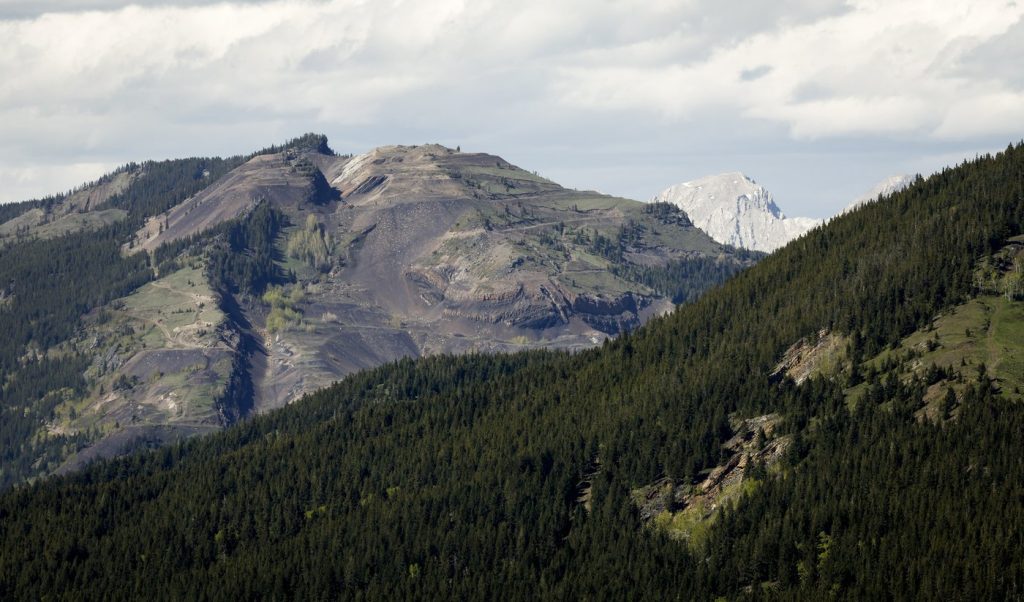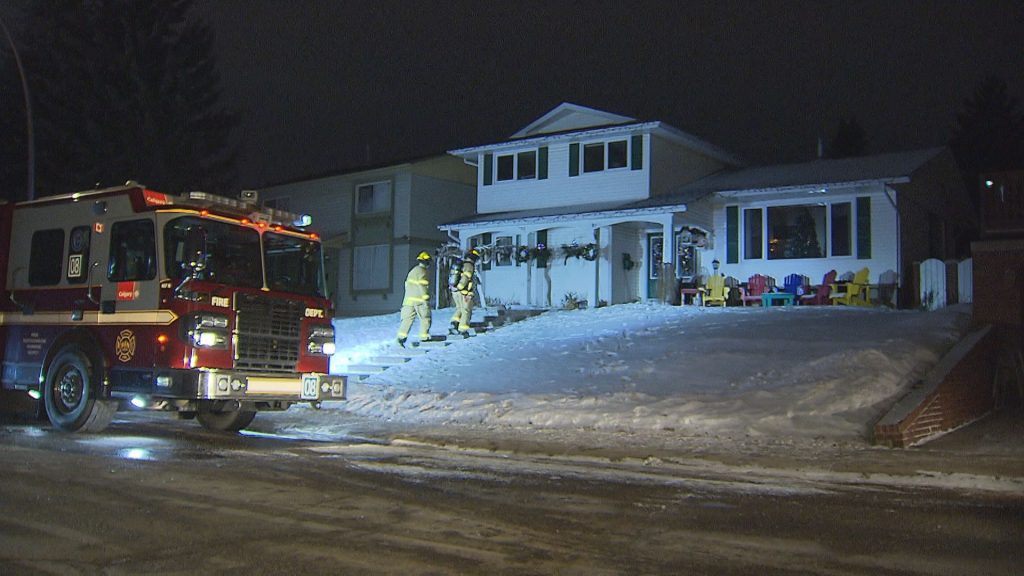Calls to remember children in unmarked graves grow as the National Day for Truth and Reconciliation nears
Posted Sep 27, 2021 6:15 pm.
Last Updated Sep 28, 2021 6:27 am.
CALGARY – Shoes that lay outside of Calgary’s Municipal Building are a reminder that it wasn’t just one life, it was thousands.
And some Canadians worry we’ve forgotten about the damage Canada’s residential school system had and still has all too quickly.
“There are a lot of lost souls out there that haven’t been laid to rest properly,” said one Calgarian CityNews spoke with.
“It’s pretty frustrating that it hasn’t gained any traction in the media in the past four months even though work continues,” said Autumn Eaglespeaker.
READ MORE:
-
6 years and a national holiday later, Indigenous elder wants more from Ottawa on 94 calls to action
-
Businesses, schools and cities observing National Day for Truth and Reconciliation
-
Calgarians march downtown for Orange Shirt Day walk
More than 1,300 unmarked graves have been found in seven sites across the country so far.
Canada operated more than 130 residential schools between 1831 and 1996.
“Residential school issues, it becomes a blip, and I feel the reason for that is because society doesn’t deem First Nations people as important as they really should be. Instead of being able to move forward in a respectful way, it’s almost as if people want First Nations people to disappear altogether,” said Eaglespeaker.
Eaglespeaker fears that without learning, there won’t be understanding and respect for her children’s generation and beyond.
“I get really afraid that racist attitudes will prevail over all of this.”
On Thursday, she wants Canadians to spend time learning the history of residential schools through books, movies or speaking to an elder at the public library.
She also wants to see a permanent memorial — like an art installation — that is accessible to the public to foster healing and learning.








